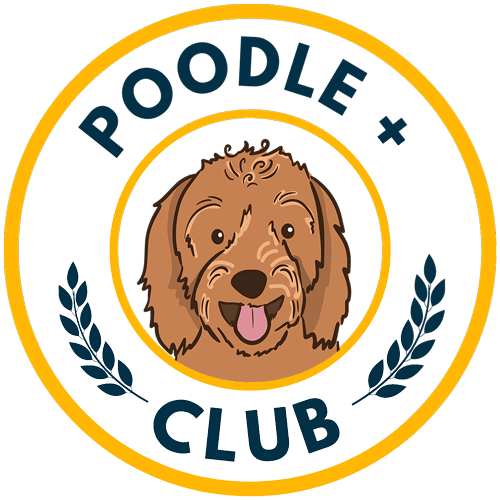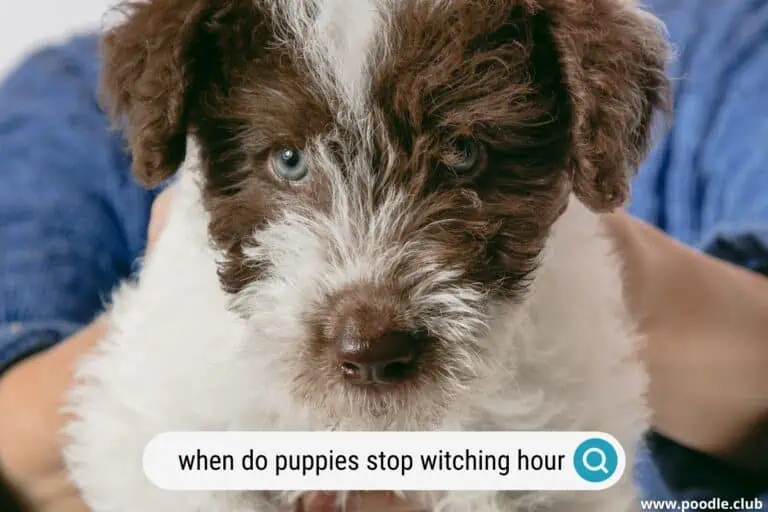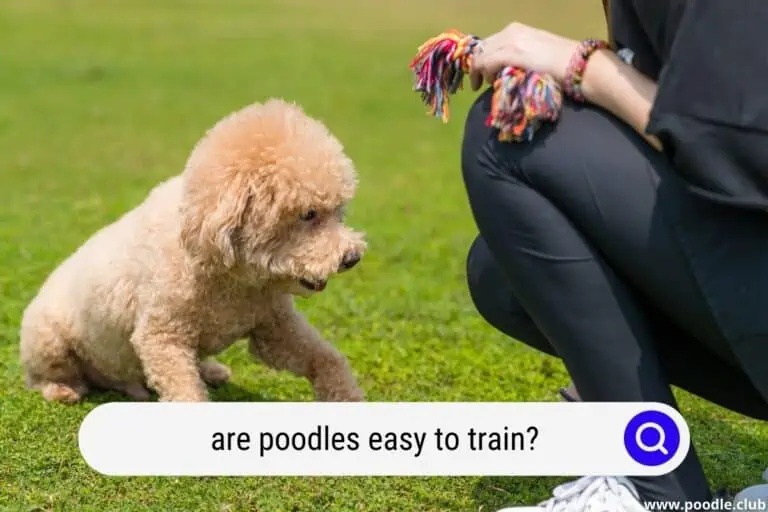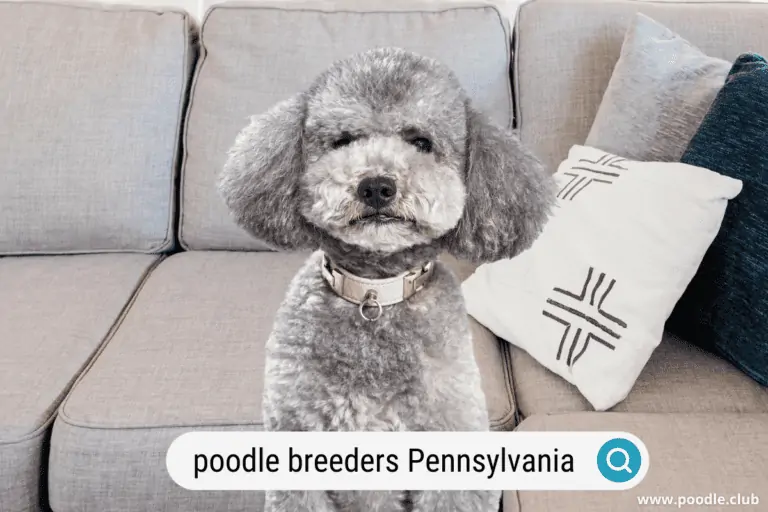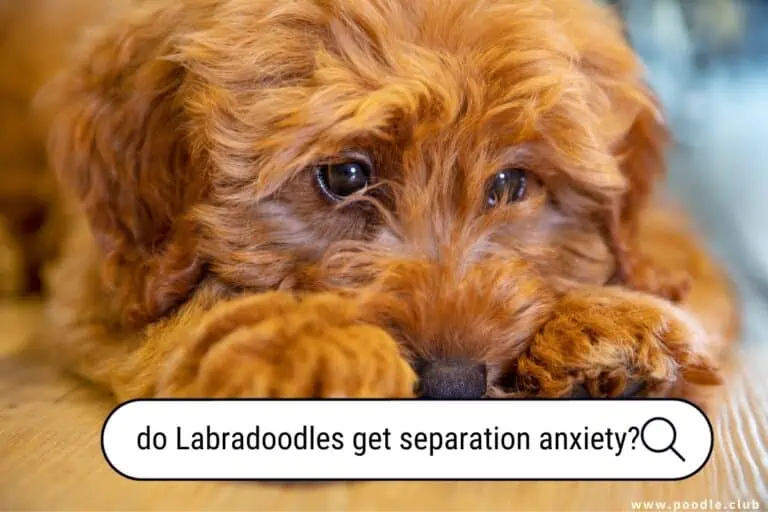Why Do They Call Dogs K9: Unraveling the Canine Code
Ever wondered why our four-legged pals are often called “K9s”? It might seem puzzling, but the origins of this nickname are simpler than they appear and give an intriguing peek into the bond between dogs and humans.
In essence, K9 is a wordplay – a homophone and a shorthand for “canine.” “K” standing for “C” and “9” symbolizing the number of letters in “canine”. It’s a catchy spin on words, often used in contexts like law enforcement where trained dogs are key.
You see, in the world of law enforcement, K9s are invaluable team members, sniffing out narcotics, and catching offenders. The term has become so ingrained in our language that any well-trained dog is often labeled as a K9, reinforcing its connection with professional service.
By exploring this unique term, we celebrate the dynamic nature of language and the evolving bond between humans and their trustworthy canine companions. Stick around as we delve into the fascinating world of K9s.
Origins of the Term K9
There are a few theories behind the origin of the term “K9” when referring to dogs. This section will explore two main aspects that contribute to the popularity of this term: slang and phonetic similarity.
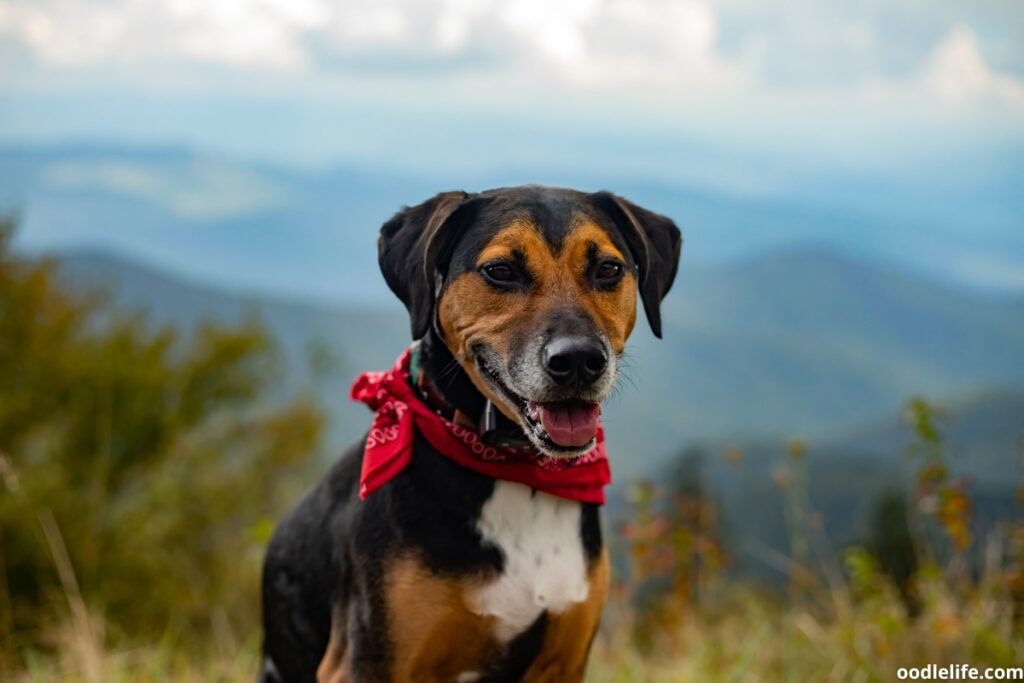
Slang
One possible explanation for the term “K9” is that it originated as a slang term for dogs. Slang, by its nature, is meant to be more casual and sometimes shorter or easier to say than the formal term it replaces. In this case, “K9” might have been an abbreviation for the word “canine,” which is derived from the Latin word “canis,” meaning dog.
By using “K9” as a shorthand, it allowed for a quicker, more casual way to refer to dogs, especially in specific contexts, such as law enforcement or the military, where K-9 units are commonly used.
PuppySpot is a reputable dog marketplace where you can browse and find compatible puppies right from the comfort of your home. They have placed over 200,000 puppies into homes in the US!
Phonetic Similarity
Another explanation for the term “K9” can be found in its phonetic similarity to the word “canine.” When spoken aloud, “K9” sounds remarkably similar to “canine.” This phonetic similarity might have contributed to the adoption of the term, as it’s a clever play on words that easily connects with the original term.
In conclusion, “K9” as a term for dogs most likely has its origins in slang and phonetic similarity to “canine.” The term has become well-known particularly in contexts like law enforcement and the military, but it’s also used occasionally in casual conversation or as a playful nickname for our four-legged friends.
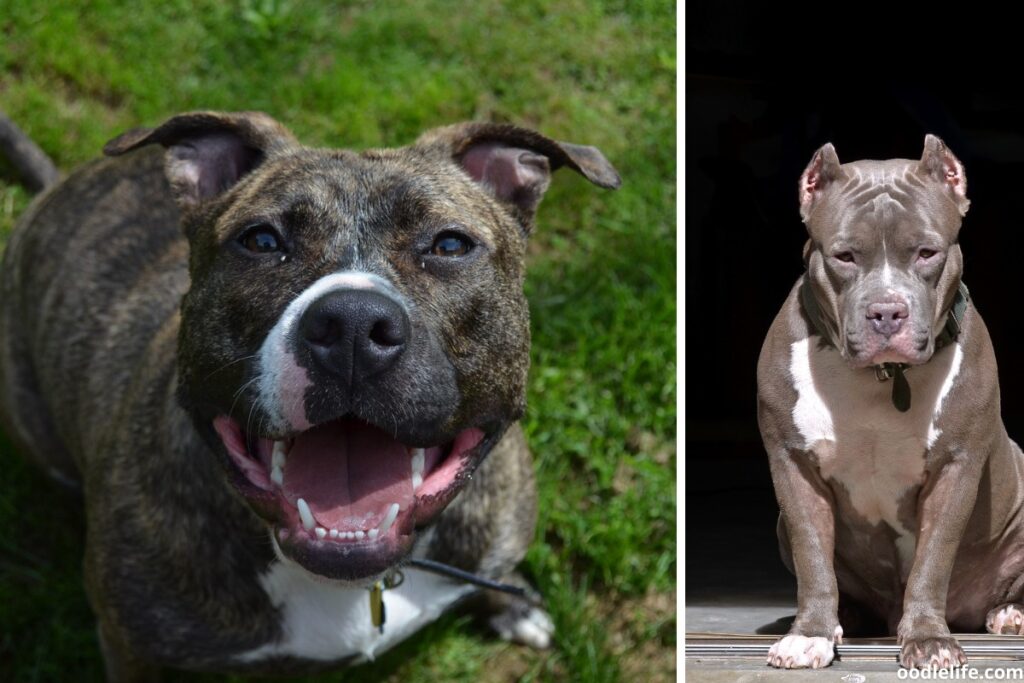
Roles and Responsibilities
Police Dogs
Police dogs, also known as K9s, are an essential part of many law enforcement teams. These highly trained canines serve a variety of roles, including detecting drugs, explosives, and tracking down criminals on the run.
Some K9s are specialized in specific areas, like narcotics detection or crowd control. These dogs have a keen sense of smell and are capable of discerning scents that humans cannot detect.
Their impressive skills and loyalty make them a valuable asset to police departments across the world.
Military Dogs
Military dogs, much like their police counterparts, have a range of responsibilities within their designated K9 unit. These brave canines serve in combat situations, sniffing out explosives, and even assisting in search and rescue missions.
Military dogs are also trained to protect their handlers and fellow soldiers, making them a vital component of military operations worldwide. With their incredible strength, agility, and perseverance, military dogs have earned their place as crucial members of the armed forces.
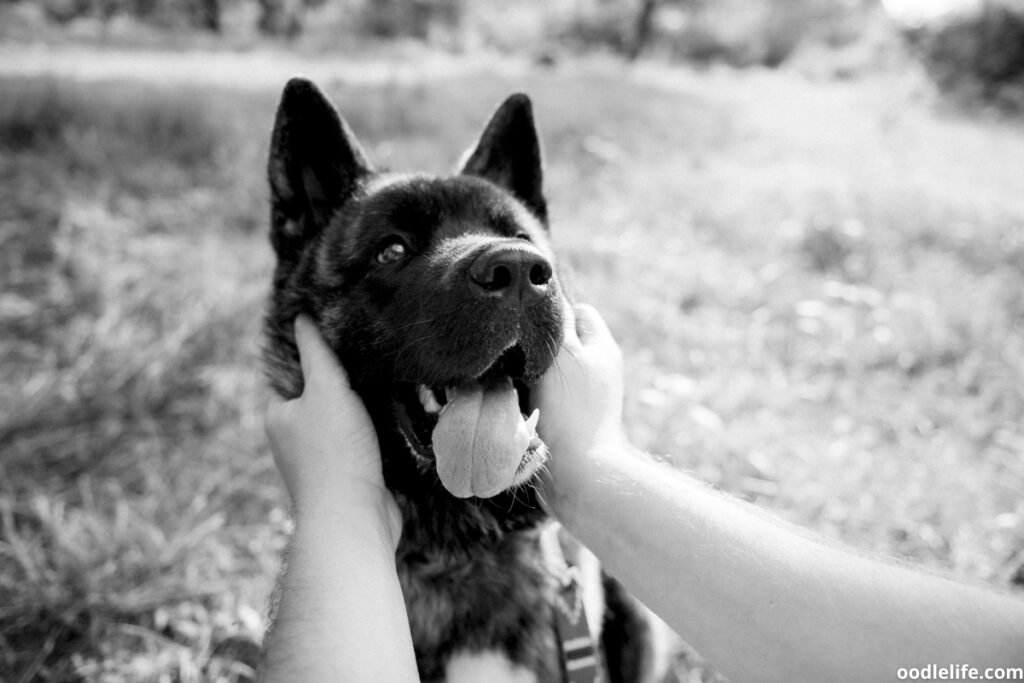
Search and Rescue Dogs
Search and rescue dogs are another type of canine hero, often utilized in situations where people need to be found quickly, such as during natural disasters, wilderness searches, or lost individual incidents.
These K9s are skilled in detecting human scent, either in the air or on the ground, making them an excellent resource for locating missing individuals. Their endurance and determination make them an indispensable asset during critical search operations, saving countless lives in the process.
In summary, K9s play a crucial role in various fields, including police, military, and search and rescue operations. Their unique abilities make them irreplaceable teammates and valued members of society. Whether rooting out illicit substances, keeping military bases safe, or finding lost souls in the wilderness, these incredible dogs never cease to amaze us with their skill, dedication, and loyalty.
Breed Selection and Traits
German Shepherds
German Shepherds are the poster children of K9 work, and it’s no surprise why. They’re intelligent, loyal, and hard-working dogs that excel in various tasks.
Their muscular build and quick learning abilities make them perfect for police and military work, and they make great family pets too. Just don’t expect them to make you a cup of coffee in the morning—they’re great, but they’re not that great.
Their strong sense of smell and keen hearing make them top-notch for detection work. German Shepherds have been heroes in various situations, like detecting hidden explosives, rescuing lost children, and even making small talk at dinner parties. Okay, maybe not the last one.
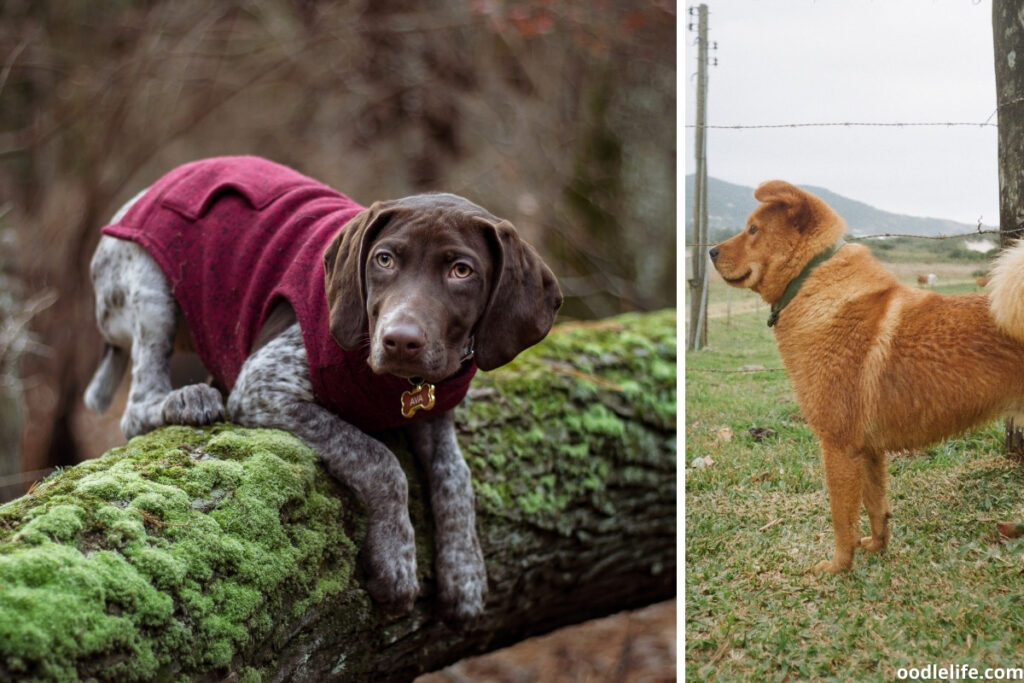
Belgian Malinois
Next to German Shepherds, the Belgian Malinois is another all-star breed for K9 duties. These dogs are athletic, agile, and extremely responsive to training. Belgian Malinois are often compared to German Shepherds and called their “cousins”. These two breeds together make up the ultimate family reunion of working dogs—except there’s no awkward small talk about politics.
Belgian Malinois excel at tasks like tracking, protection work, and even jumping hurdles. Seriously, these dogs make Olympic athletes look like amateurs! But their high energy isn’t for everyone. They need dedicated handlers and vigorous exercise to keep them mentally and physically engaged.
Labrador Retrievers
Who doesn’t love a good ol’ Labrador Retriever? They’re friendly, intelligent, and always down for a game of fetch. Their supreme sniffing abilities make them excellent at detection work. They can detect anything from narcotics to your secret stash of snacks (but they’re too polite to tell anyone about it).
Labrador Retrievers’ versatile abilities and kind nature make them excellent K9 companions. From search and rescue missions to assisting individuals with disabilities, these dogs are the embodiment of selfless love.
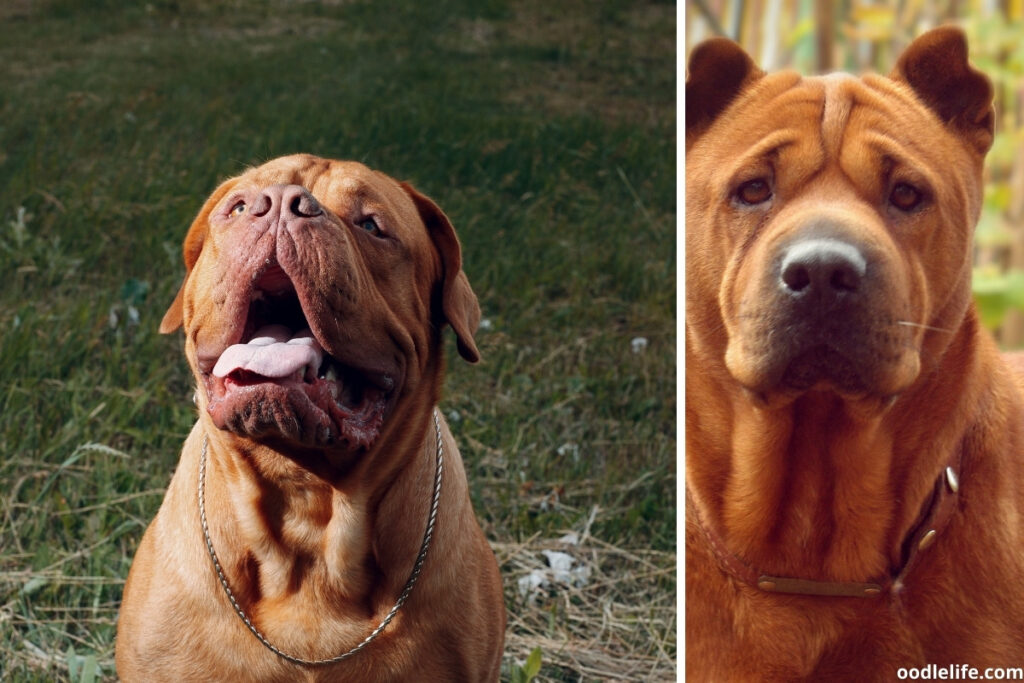
Other Breeds
There’s a whole world of K9 talent beyond just German Shepherds, Belgian Malinois, and Labrador Retrievers. Dutch Shepherds and Rottweilers, for example, are both breeds that exhibit strong working traits, intelligence, and loyalty. And let’s not forget the underdogs (pun intended)—many mixed breed dogs make fantastic K9 partners, proving that sometimes, the best traits come in a unique package.
In conclusion, selecting the perfect K9 partner comes down to understanding each breed’s strengths and matching them with the specific task. So the next time you see a hard-working K9 dog, give them a (virtual) pat on the back—they’re doing an impressive job!
Training and Abilities
Detection Training
Dogs, or canines, have an exceptional sense of smell that has led to their successful integration into various detection roles. Their training process involves harnessing this natural ability to identify and alert handlers to specific odors, such as narcotics or explosives. For instance, a narcotics detection dog goes through a rigorous training program to become reliable in identifying illicit substances.
During World War II, canines played a significant role in detecting firearms and explosives, showcasing their impressive skills and unwavering loyalty. Today, dogs are also trained to detect other substances or items, like bed bugs or electronic devices, making their detection abilities incredibly diverse.

Patrol and Protection
Canines possess inherent physical strength and intelligence that make them ideal candidates for patrol and protection roles. Trained police dogs assist officers in navigating dangerous situations, such as apprehending suspects or conducting area searches. They act as an extension of their human counterpart, enabling smoother and safer operations.
An amusing anecdote about dog training illustrates their loyalty and intelligence: a dog proudly brought a “suspicious” package to its handler, only for the handler to discover that it was just the dog’s own lunchbox! While it’s essential to maintain a serious tone when discussing their role in law enforcement, it’s apparent that canines also have a light-hearted side.
Specialized Disciplines
Beyond detection and patrol, dogs can be trained for various specialized roles depending on their strengths and characteristics. For example, search and rescue dogs use their keen senses to locate missing people in disaster-stricken areas, while medical alert dogs assist individuals with life-threatening conditions like diabetes or seizures.
Not to be outdone, even our four-legged friends can aspire to be dog-tors (sorry, couldn’t resist)! Cancer odour detection dogs are trained to identify signs of cancer in patients by detecting specific odors emitted by the disease. These specialized abilities are life-changing for many people and serve as a testament to the incredible capabilities of our K9 companions.
Through their comprehensive training and unique abilities, dogs continue to prove themselves invaluable in various fields, consistently demonstrating why they are indeed called “man’s best friend.”
Historical Context of K9s
K-9 Corps and World War II
During World War II, the K-9 Corps played a significant role in the military efforts. The term “K-9” is derived from the phonetic spelling of “canine” and refers to the use of specially trained dogs to assist soldiers in various tasks.
The Dogs for Defense program was established to train dogs to become part of the man-dog team.
These trained dogs were used for tasks such as carrying messages, detecting mines, and even serving as guards or patrol units. The K-9 Corps brought a new level of efficiency to military operations, proving that dogs could be both reliable and invaluable in times of war.
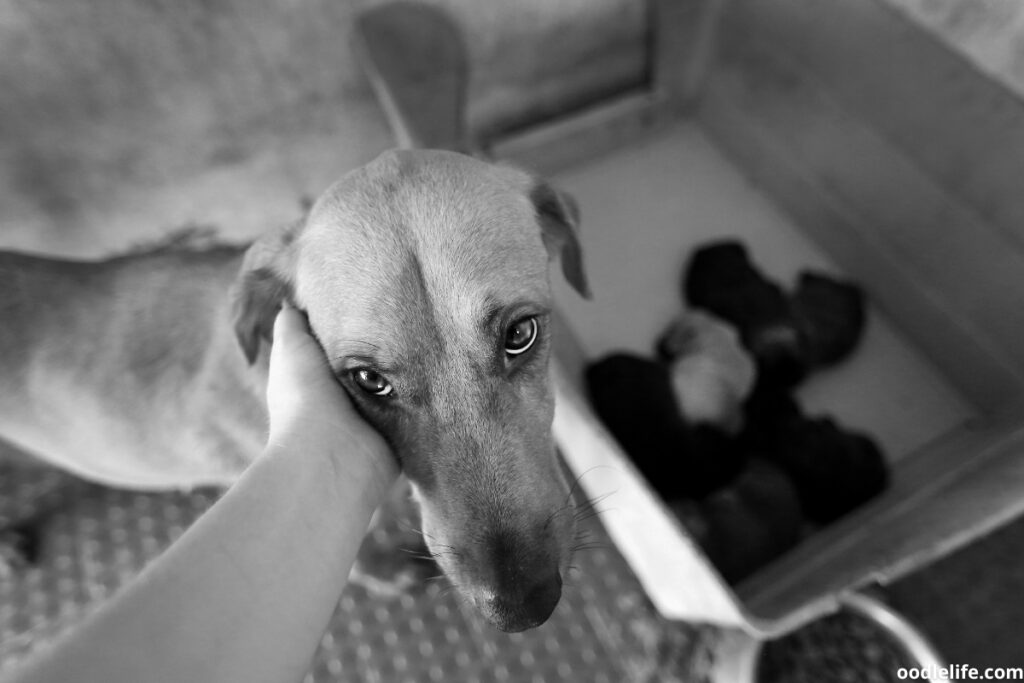
Bloodhounds and London
Bloodhounds have been associated with law enforcement since the Middle Ages. Known for their keen sense of smell and exceptional tracking abilities, these dogs were used to search for criminals and missing persons. In London, bloodhounds were deployed to help solve crimes, including the infamous case of Jack the Ripper. Their abilities to follow scents over long distances and accurately identify individuals made bloodhounds an essential tool in early forensics and criminal investigations.
K9 Units in Europe
K9 units have a long history in Europe, dating back to the Middle Ages. Dogs were used for various purposes, from hunting and herding to serving as guards and protectors. As societies evolved and the need for law enforcement grew, so did the importance of incorporating dogs into policing efforts. In Europe, various breeds of dogs were employed to help officers maintain order, solve crimes, and even assist in disaster relief efforts. Today, K9 units continue to be an integral part of law enforcement agencies across the continent, showcasing the enduring bond between humans and their canine counterparts.
K9 Handlers and Their Relationship

Police Officers and Their K9 Partners
K9 Handlers and their dogs share a unique bond, especially when it comes to police officers working with their K9 partners. These furry officers, often trained for specific tasks like detecting drugs or explosives, become essential members of the police force. They work, train, and often live with their respective human partners. This strong connection between the dog and handler is crucial to making K9 units successful.
It’s common to hear stories about K9 officers protecting their handler in dangerous situations, showcasing their loyalty and connection. Their bond is strengthened by the constant communication required during critical operations, like search and rescue missions.
Service Dogs and Handlers
In the world of service dogs, the relationship between the handler and their dog is just as vital. These animals are trained to assist individuals with various special needs, such as visual impairment, mobility challenges, or mental health support. Establishing a trusting bond between the dog and handler is necessary for the service dog to provide effective support.
For example, a guide dog needs to be attuned to their handler’s needs and instructions, while the handler relies on the dog to navigate safely. This mutually beneficial relationship is built on trust and understanding of each other’s strengths and weaknesses.
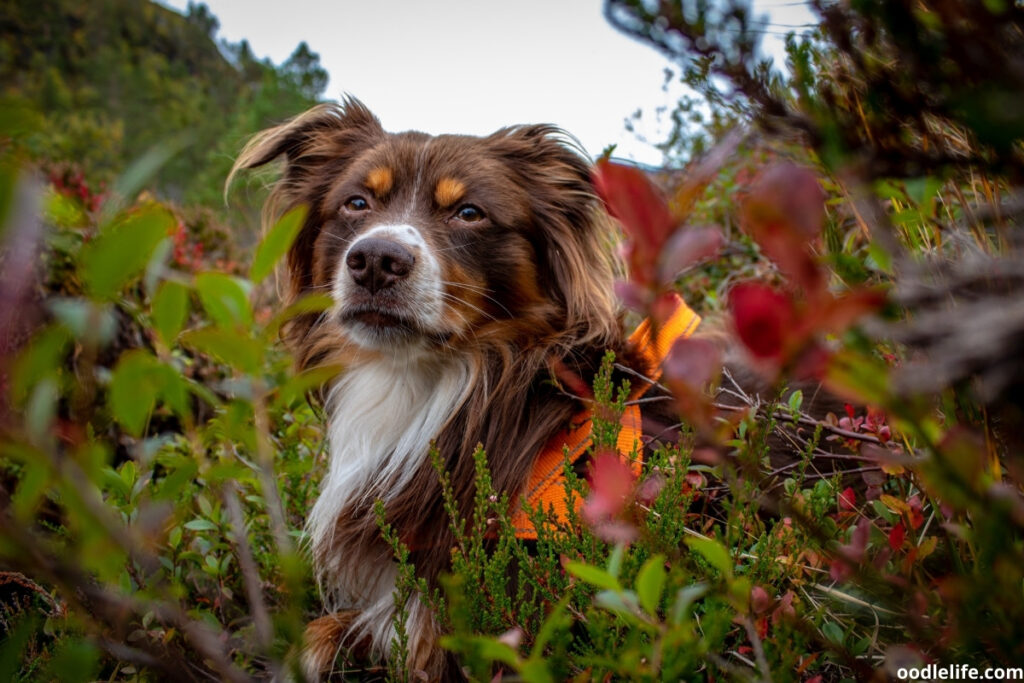
Care and Retirement
With great responsibility comes great care. K9 handlers are not only in charge of their dog’s day-to-day activities but also ensure their well-being, safety, and health. This compassionate care is essential throughout the dog’s career and transitions into retirement.
K9 dogs typically retire when they can no longer perform their job effectively, either due to age or health issues. In many cases, their handlers take on the responsibility of providing a loving home for their retired partners. They continue to care for their ex-working dogs, ensuring they enjoy a well-deserved, comfortable, and peaceful retirement.
